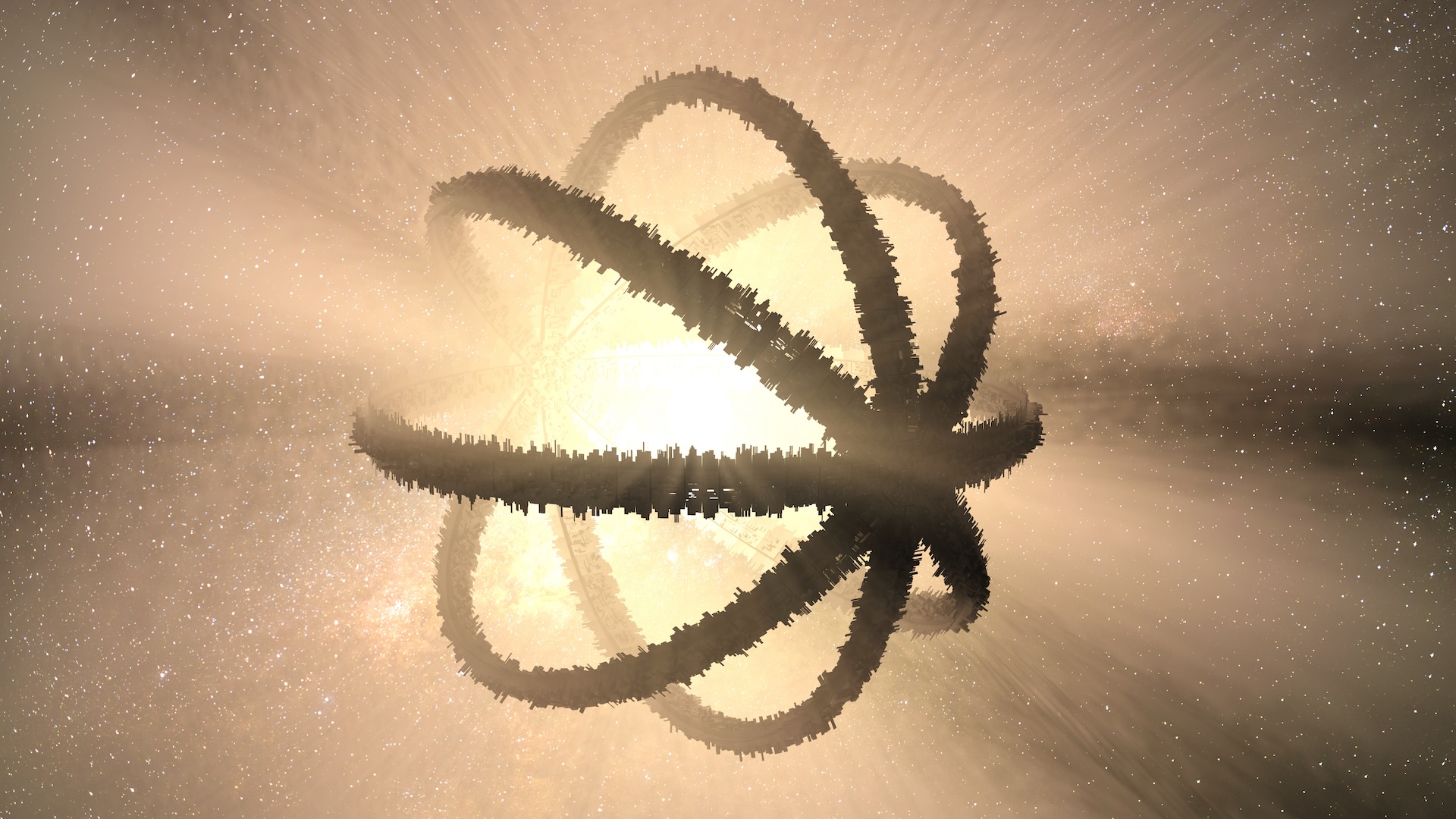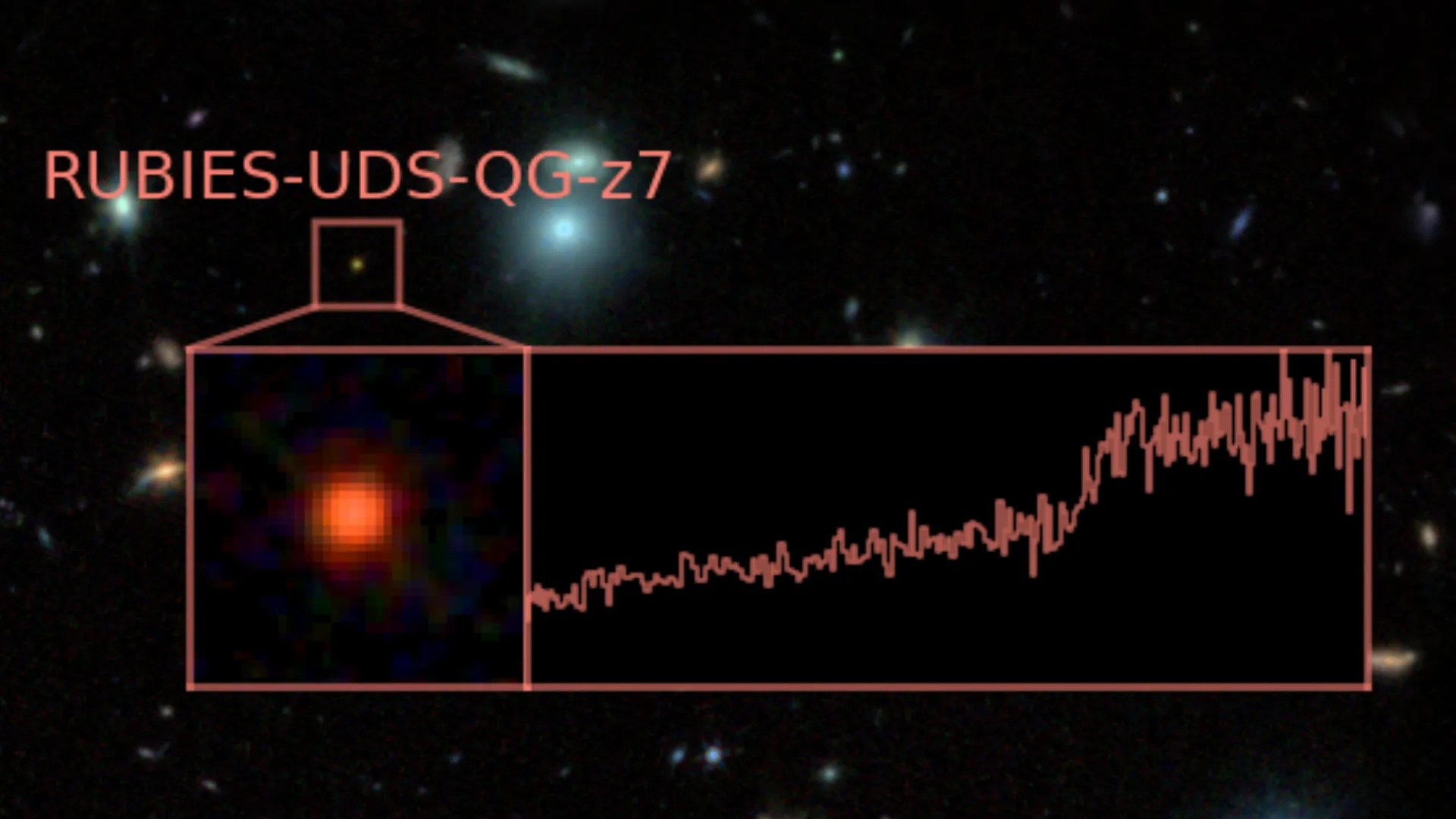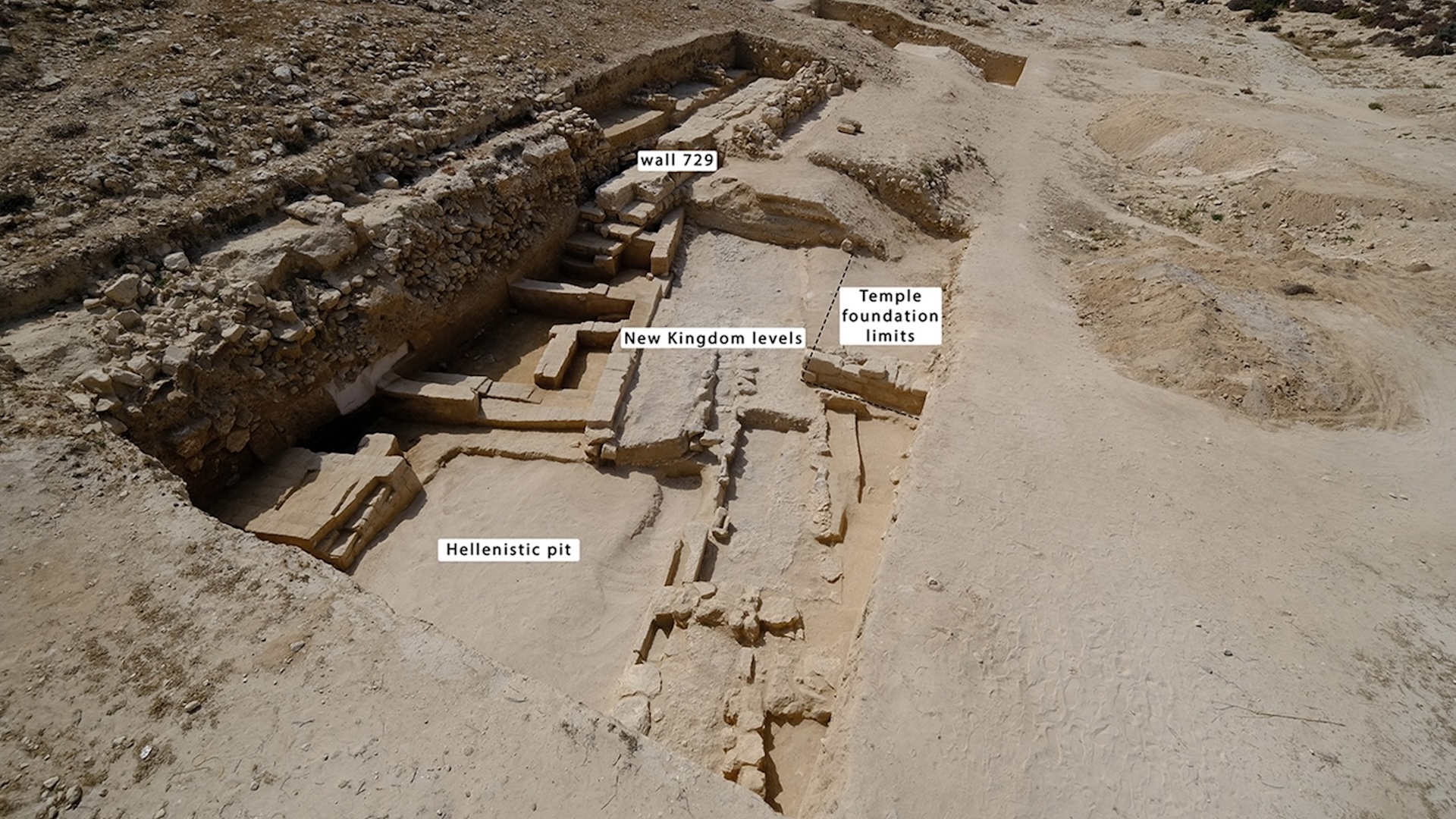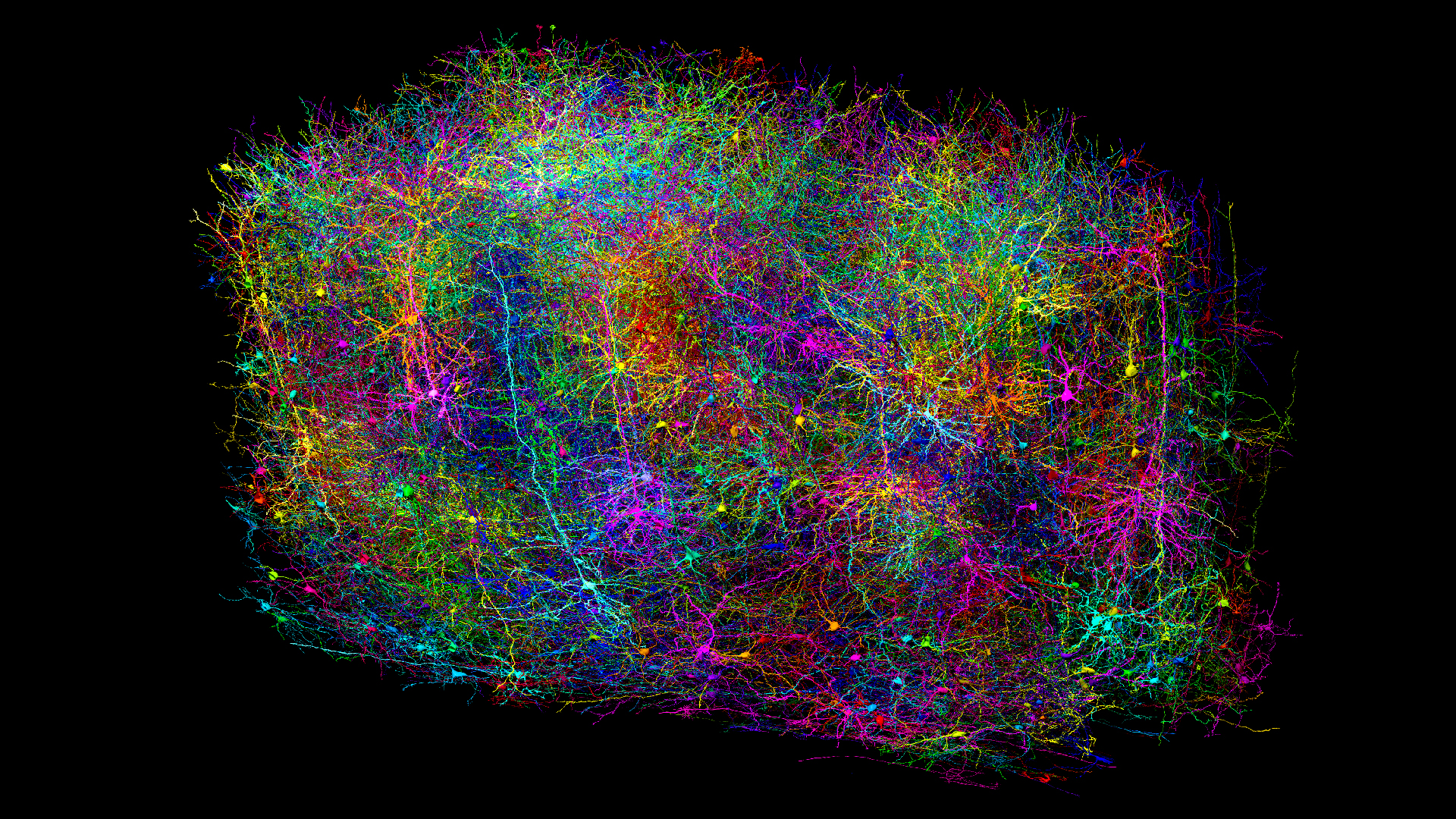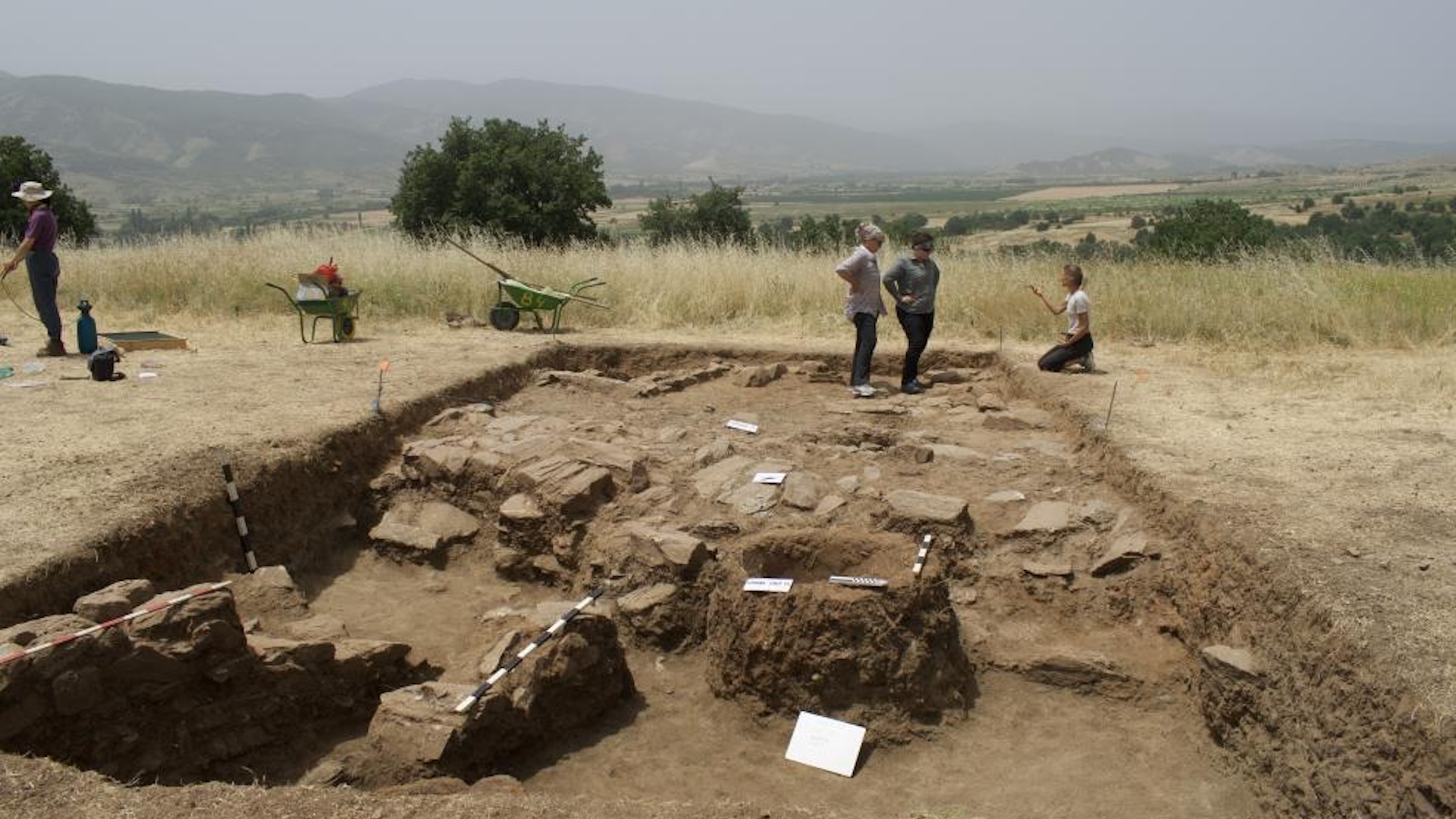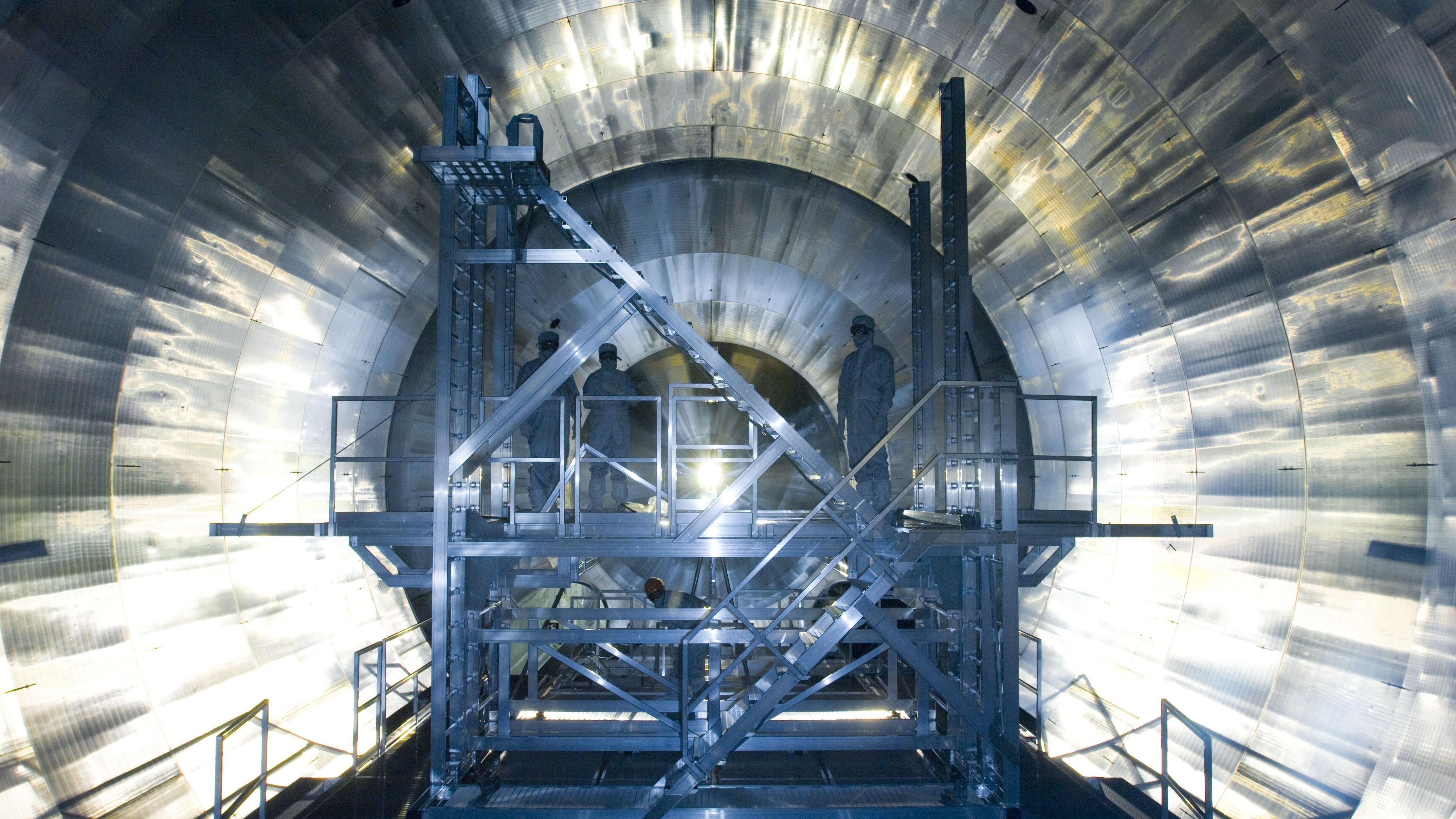Scientists discover Earth's inner core isn't just slowing down — it's also changing shape
The surface of Earth's inner core appears to be dynamic, changing shape as it rotates, earthquake waves reveal.
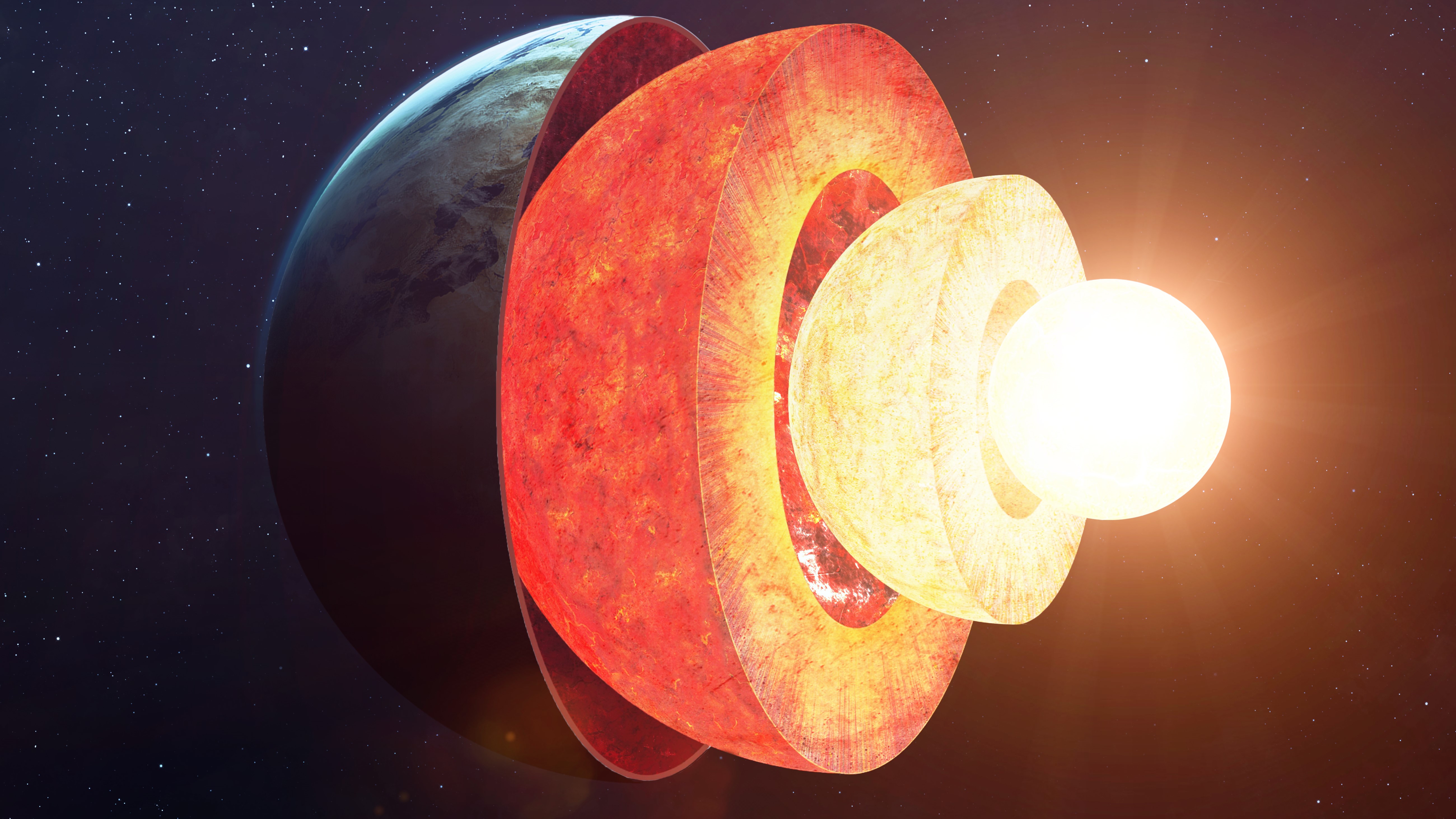
The surface of Earth's inner core may be shape-shifting, new research suggests.
The study, published Feb. 10 in the journal Nature, looked at earthquake waves that have skimmed the edge of the inner core, 3,200 miles (5,150 kilometers) deep. It revealed that, even when the core had rotated into a previously observed position, there were often subtle differences.
These differences suggest that the inner core's surface, while solid, could be quite changeable over short periods.
"The most likely thing is the flow in the outer core is stirring up the outermost inner core a little bit and changing the topography," said John Vidale, the leader of the study and a seismologist at the University of Southern California Dornsife.
The outer core is molten metal — mostly iron and nickel. It cushions the solid inner core, which is also mostly iron and nickel. Each year, a tiny bit of the liquid outer core crystallizes and adds to the solid inner core, which is growing at a rate of about a millimeter per year.
At this border between the outer and inner core, though, the inner core hovers right at its melting point. It's solid, but not stiff. That may be why it seems to ooze around a bit in the new study, though figuring out the precise dimensions of the shape change is a challenge, Vidale told Live Science.
"We sort of expect that the motion could be on the order of hundreds of meters, maybe a kilometer or two," he said, "and we don't know how broad. It could be hundreds of kilometers across."
Sign up for the Live Science daily newsletter now
Get the world’s most fascinating discoveries delivered straight to your inbox.
Related: 'New hidden world' discovered in Earth's inner core
In an earlier study co-authored by Vidale, he and his collaborators found that the inner core is not rotating at a consistent rate. It rotated faster than the rest of the planet up until about 2010, when it started to slow. It now lags behind the rest of Earth's rotation.
From that research, the scientists could figure out when the same spot on the core passed under the same spot on Earth between 1991 and 2023. To measure the core, they used pairs of earthquakes that originated in the same spot in the South Sandwich Islands, in the South Atlantic Ocean, and generated waves that traveled through the core before being picked up by receivers in South and North America.
Using 168 pairs of these earthquakes, the researchers saw little change in waves that went through the same spot of the core at different times when those waves traveled into the core's interior. But they did see changes in the same spots in waves that just glanced the surface of the core, elucidating its outermost layer.
Studies into Earth's inner core
Since the first studies of the inner core in the 1990s found evidence of movement, there has been debate over whether the inner core rotates or simply experiences some shifts in its boundary, said Bruce Buffett, a geoscientist at the University of California, Berkeley, who was not involved in the work. "Maybe everyone's a little bit right," Buffett told Live Science.
The distinction might seem largely academic, Buffett said, but the inner core's solidification is the major driver of heat movement in the liquid outer core, which creates the planet's magnetic field. No one knows when the inner core started to solidify or how the magnetic field might have worked before that solidification. "The hope is we might be able to use the texture of the inner core and its structure and dynamics to say something about the history of the dynamics of the deepest part of the planet," Buffett said.
There are a lot of possibilities as to what could be disturbing the inner core. These ideas include "volcanoes" off-gassing material and underground landslides, Vidale said. But the most likely possibility to Vidale is that the outer core's churning motion ruffles up the inner core below.
"The interesting thing is that the surface of the inner core is dynamic," Vidale said. "It seems to be responding to the changing forces from the rotation and probably rising and falling a noticeable amount."
This interpretation is plausible, said Yi Yang, a geophysicist at Nanjing University who coauthored the first work finding changes in the core's rotation. However, Yang told Live Science, the data is still limited to just a fraction of the outer layer of the outer core.
"We'll need to keep accumulating the data and keep searching for the inner core behaviors," Xiaodong Song, a geophysicist at Peking University who coauthored the earlier work with Yang, told Live Science. "I won't be surprised by future surprises about the inner core behaviors as we keep searching."
What's inside Earth quiz: Test your knowledge of our planet's hidden layers

Stephanie Pappas is a contributing writer for Live Science, covering topics ranging from geoscience to archaeology to the human brain and behavior. She was previously a senior writer for Live Science but is now a freelancer based in Denver, Colorado, and regularly contributes to Scientific American and The Monitor, the monthly magazine of the American Psychological Association. Stephanie received a bachelor's degree in psychology from the University of South Carolina and a graduate certificate in science communication from the University of California, Santa Cruz.
You must confirm your public display name before commenting
Please logout and then login again, you will then be prompted to enter your display name.



